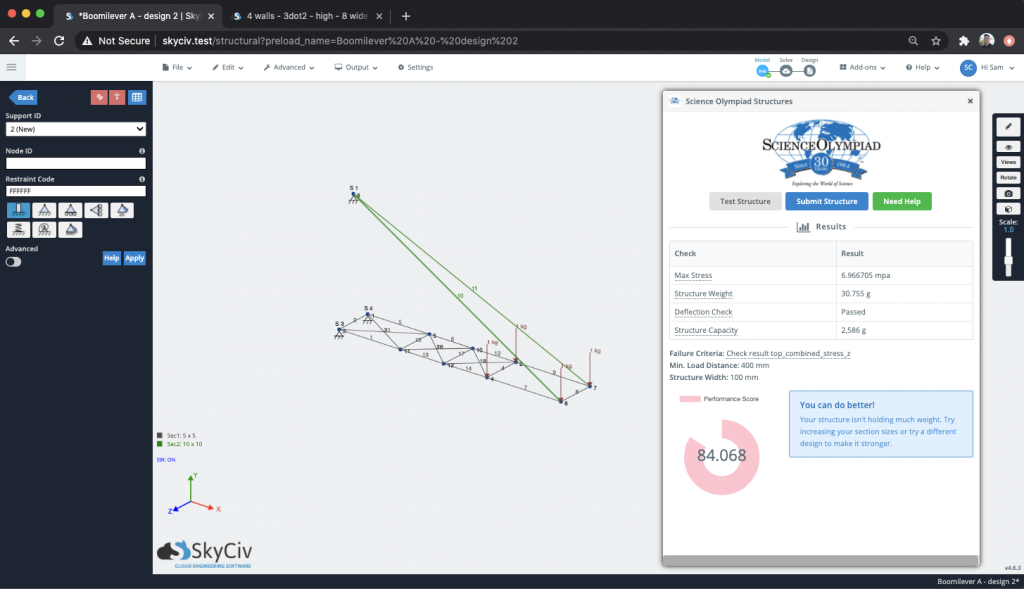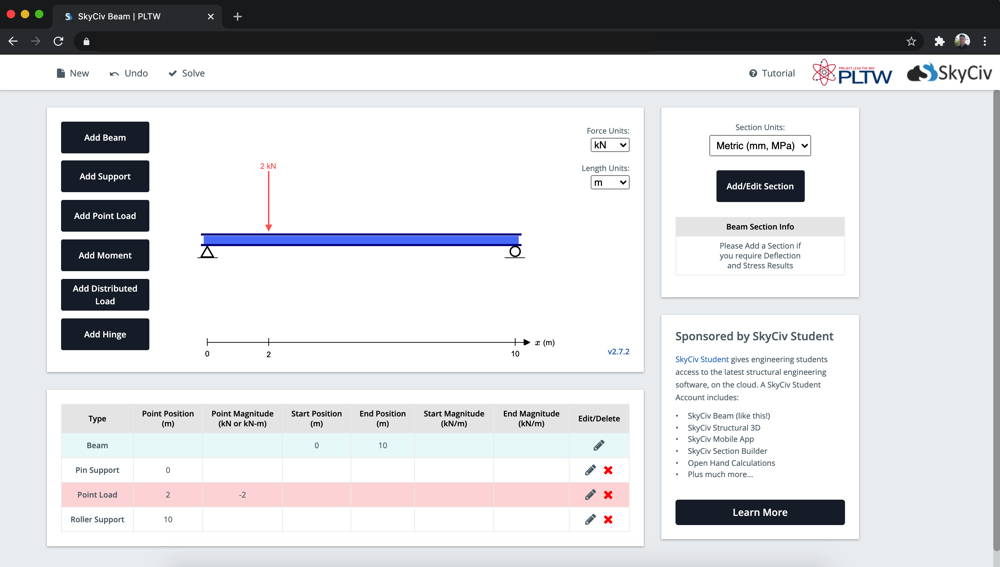There have been no shortage of challenges arising from COVID. But one thing has done is forced the acceleration of change. Companies have adapted meetings to being purely online, the increase in workplace flexibility and shifting to virtual collaboration to name a few. In the education sector, this shift has been an easy transition for some, and far more difficult to others. How do you shift an entire curriculum online, with little to no warning?
Today we’ll reflect on some of these changes we’ve seen. We’ll take learnings from some of our Educational Users to understand how the education of engineers, might have just changed for good.
1. Science Olympiad: hosting an event – digitally
Science Olympiad offers middle and high school students the opportunity to design, build and test a number of Boomilever and Towers structures made from Balsa Wood. The competition spans all 50 states with almost 7,800 teams participating every year across all events. For 35 years, this has been an in-person event. Quite impressively, the organisers were extremely quick to spring into action and quickly put together a task force to work to adapt the delivery of this year’s competition. As a tech company and a proud sponsor of the Science Olympiad competition for the past 3 years, we were invited to join the task force.
The Solution
The SkyCiv Product Development team collaborated and worked with organisers of the Science Olympiad event to design and build a SkyCiv App to simulate the competition:

The software simulates the competition testing phase. The structure is loaded and tested to calculate its weight, stresses and the amount of load it can take to score the student’s structure. The app was built using the SkyCiv API – using the SkyCiv Add-on library to which anyone can use to build tools and applications that sit on top of SkyCiv Structural 3D.
The application itself offers a great mix of functionality and engagement. It also includes an educational component via articles, resources and other helpful tips to help guide and teach students along the way.
2. Adelaide: International Students stuck overseas
I don’t think there’s a business in the world that has been unaffected by COVID. Universities were affected by having to adjust to online learning, and the travel bans preventing international students from even entering the country. One of Australia’s biggest exports is Education. That’s why it was so important to the University of Adelaide, a long time proponent of SkyCiv, to maintain the inclusion of their international students, particularly in China.
The Solution
Since the SkyCiv software is completely online, students and teachers were able to access the software easily and without any issues. The software works on PC, Mac, Tablets and Chrome books, so everyone could participate! Concerns of accessibility and inclusion were quickly removed, and the University of Adelaide were able to successfully deliver their curriculum.

3. PLTW: Tools inside online learning platforms
SkyCiv is excited to be a proud sponsor of Project Lead the Way (PLTW) engineering courses; providing free access to SkyCiv Beam for educational purposes. PLTW are driving and pushing the boundaries of online learning. Their online portals help to create an effective and engaging learning environment.

How SkyCiv Helped
SkyCiv provided an iframe (basically a web view to our platform) for students to use SkyCiv Beam. The service is on it’s own server to ensure accessibility is maintained. SkyCiv was happy to provide this free access, keeping true to their commitment to Education.
Summary
SkyCiv is committed to education and training structural engineers of the future. Part of this, is being able to adapt to the ever-changing educational environment and needs. Online learning is only growing in popularity given its ability to easily deliver coursework. SkyCiv offers this scalability on the software side, allowing teachers to give instant software access to their students at a single click of a button. We’re excited to help the Education Sector, and playing our part in this transition.


